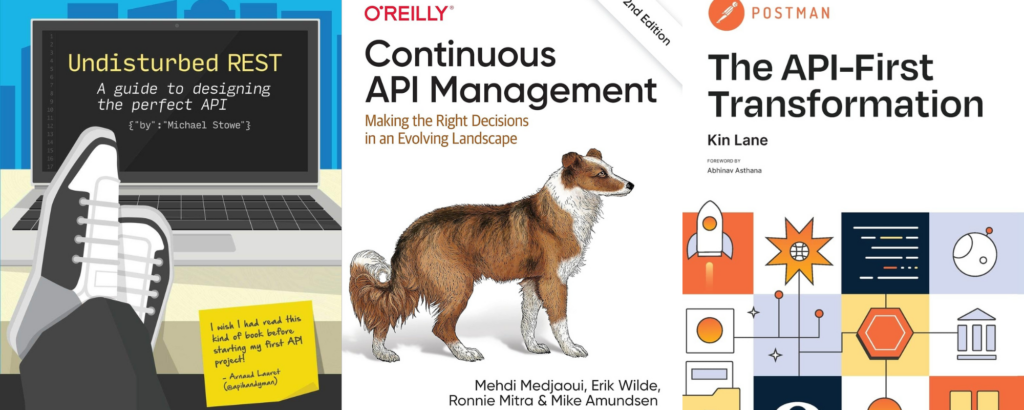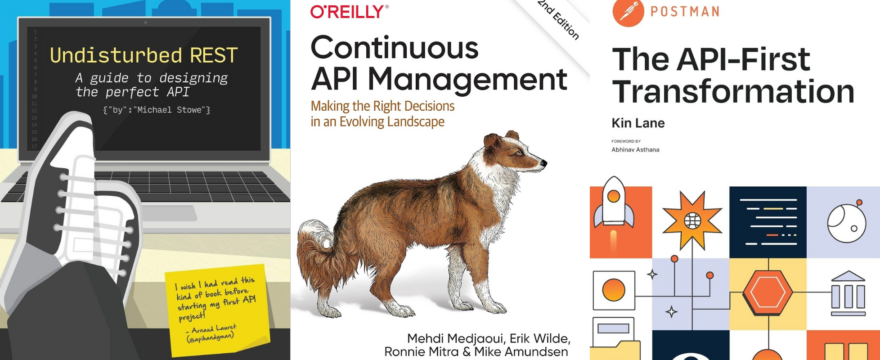Having identified as an “accidental marketer,” it’s a little uncomfortable to admit… I published my two developer engagement books as marketing. If you believe in the power of content to reach a technical audience, the ultimate location for your message may just be between the covers of a book.
My books have been successful—and I believe yours can be, too—but there’s a lot of effort between an idea and a finished manuscript. Of course, that’s not nearly the end of the project, either. Whether you’re a solo developer or a marketing team, this post will uncover some of the considerations as you embark on using a technical book as a marketing vehicle.
After each book I’ve written, there’s been a flurry of interest from would-be authors and publishers. I’m frequently asked for my advice or about my experience. This post can serve as the answer to the questions I most often hear.
Why Would You Even Want to Write a Book?!
There’s a reason writing a book goes on the “someday” list for a lot of people. It takes a long time, both to write an initial draft and to edit it into its final form. It’s difficult to maintain the effort required over the many months it usually takes to publish a book. There must be good reasons to keep yourself motivated over that timeline.
The hurdles of writing a book lead to one of the biggest benefits: it’ll help you or your company stand out. Fewer people commit the time to book publishing, so you’ll automatically have fewer competitors. Assuming your topic is in demand, you’ll have readers clamoring for your expertise.
Some good reasons to write a book:
- Be seen as an expert in your topic
- Open doors to conferences and other events
- Use the book as marketing for a product (or yourself)
- Finally become an author
And some big reasons not to write a book:
- You dislike writing
- No clear connection between the topic and your work
- You aren’t sure you’ll finish the book
Neither of these lists are exhaustive, of course. There are also personal reasons that you may or may not want to write a book. But these lists cover a lot of the reasons you should consider for nonfiction books written to support a business.
Since a book is such a big project, it’s worth looking at other technical marketing channels that may take less effort. You can often achieve the same goals without taking months to fill hundreds of pages.
Should You Find a Publisher or Self-Publish?
It’s common to assume that a traditional publisher is needed to “write a real book.” While you’ll receive support and services from a publisher, it may be overkill for a technical book intended for marketing. I’ve written books both ways and there are trade-offs to consider, though most can be addressed by hiring experts.
The biggest advantage to a publisher is to be seen as selected, anointed, and capable. That seal of approval, of course, only goes so far as the publisher’s reputation.
Consider some other reasons to seek a publisher for your book:
- Professional advice at the idea and outline level
- Accountability and feedback from an expert editorial team
- One stop for copy editing, proofreading, indexing, and cover design
- An existing engine for book printing, distribution, and marketing
This may be your first book, while your publisher launches books many times per year. You can replace all these services by employing individuals or companies that specialize in each one. For example, you can find a great copy editor on a freelance website like Upwork. Publishers, on the other hand, have a proven system, an editorial team to guide you through it, and a network of trusted contractors.
The result of a publisher’s book will likely be higher quality overall, but that might not matter to your audience. After all, the message you have to share may be the most important part!

Here are a few examples of books written by API company employees over the last few years:
- Undisturbed REST (2015) — MuleSoft
- Continuous API Management (2018) — CA/Broadcom
- The API-First Transformation (2022) — Postman
Mike Stowe worked at MuleSoft when his REST book was released. The publisher is listed as Lulu, a print-on-demand service. While the book is self-published, it’s distributed through many of the same channels as traditional publishers.
The Continuous API Management book was originally written by the API Academy team at CA (formerly Layer 7), now part of Broadcom. Though all four authors have since moved on, it was an important marketing tool for the company at the time. In this case, the company went with O’Reilly, a top-tier technical publisher.
On the other hand, Postman is the listed publisher of the API-first book. At the time, Kin Lane was chief evangelist of Postman and the company’s founder wrote the foreword. As with the others, this book was written to be marketing. It’s still self-published—the only difference is that “Postman” is written in the publisher field in a form.
If there is a publisher or two that seems like a good home for your book, I recommend reaching out to them for a discussion. But don’t let that step keep you from writing and even publishing the technical book on your own. You can always get a publisher later. And you don’t even have to start the printing process yet, either, as we’ll see in the next section.
Do You Need a Print Book or Can You Do an E-Book?
When you self-publish, there are a lot of decisions to make. One of them is what formats you’ll support for your book. While that might include file formats, you’ll also want to consider print formats. One of the lessons I learned from my latest book, which launched as an e-book, is that many people consider print another sign that it’s a “real book.” The most common question I’ve received is whether I plan to create a paperback. The e-book has the same words, but the words seem to be worth more when they’re written on physical pages.
It’s a much higher bar to create a quality print book. You need to deal with text layout, proper margins, and how the text wraps from page to page. Your cover needs to not only be appealing as an image, but it needs to wrap around to the back side—it’s a secondary cover! And all of this formatting needs to consider the size of the actual book, including how thick it will be at your page count.
Overwhelmed yet? Now you need to get the print book into the hands of your reader. If you publish through Amazon’s Kindle Direct (confusingly, it’s not just for Kindle), the world’s biggest bookstore will handle that for you. But your book likely won’t be available elsewhere unless you also use another publisher—one of the largest is IngramSpark. This is the exact combination I used for Developer Marketing Does Not Exist, which is available worldwide in hardcover, paperback, and Kindle e-book.
Speaking of e-books, you have more decisions to make. Here are some popular formats you can consider:
- Kindle
- EPub
- Mobi
- iBook
If you want to be in the Kindle store, there’s no avoiding this one. However, readers can also load other formats on their Kindle. That’s how I distributed the Technical Content Strategy Decoded e-book. It comes in EPub format and PDF. EPub works great for reader devices, while PDF is sufficient for computer screens and some tablets.
An e-book will get your message out and many developers prefer reading e-books. Personally, I’m one of those who’s more likely to read a physical copy. There’s something about a book sitting on my desk, coffee table, or nightstand that encourages me to pick it up. And that’s what you want from your readers—to not only buy your book but to actually read it.
Get My Latest Book in Print or E-Book
As I mentioned, I’ve self-published two books. Both cover developer engagement topics—one that explains the philosophy needed to reach a technical audience and the other that helps you map out a specific content strategy.
The latter, Technical Content Strategy Decoded, is now available as a print book, as well as several e-book formats (including audio). To get your hands on the one you can actually hold in your hands, there are two options:
For other options, including some useful bonuses, buy the electronic version.
